How Aberfan disaster led to Queen Elizabeth’s ‘biggest regret’
It was one of Britain’s darkest days and the Queen’s response would haunt her. Now it’s being retold in a new series of The Crown. SPOILER ALERT
SPOILER ALERT: THE CROWN SEASON 3
Queen Elizabeth II has weathered plenty of painful days during her 67 years on the throne — but one heartbreaking event in 1966 would go on to become her “biggest regret”.
The events of those tragic days in Aberfan, Wales are now being retold in heartbreaking detail in season three of Netflix’s hit drama The Crown, which dropped last night.
Related: Everything we know about Season 3 of The Crown
Related: Surprising star at the heart of The Crown
Bingeing just got easier with the New Foxtel Experience. Foxtel and Netflix now all in one place. Get Foxtel
The plot line was revealed last October when Olivia Colman — who will replace Claire Foy as the Queen in the new series — was seen filming a recreation of this sad incident in British history.
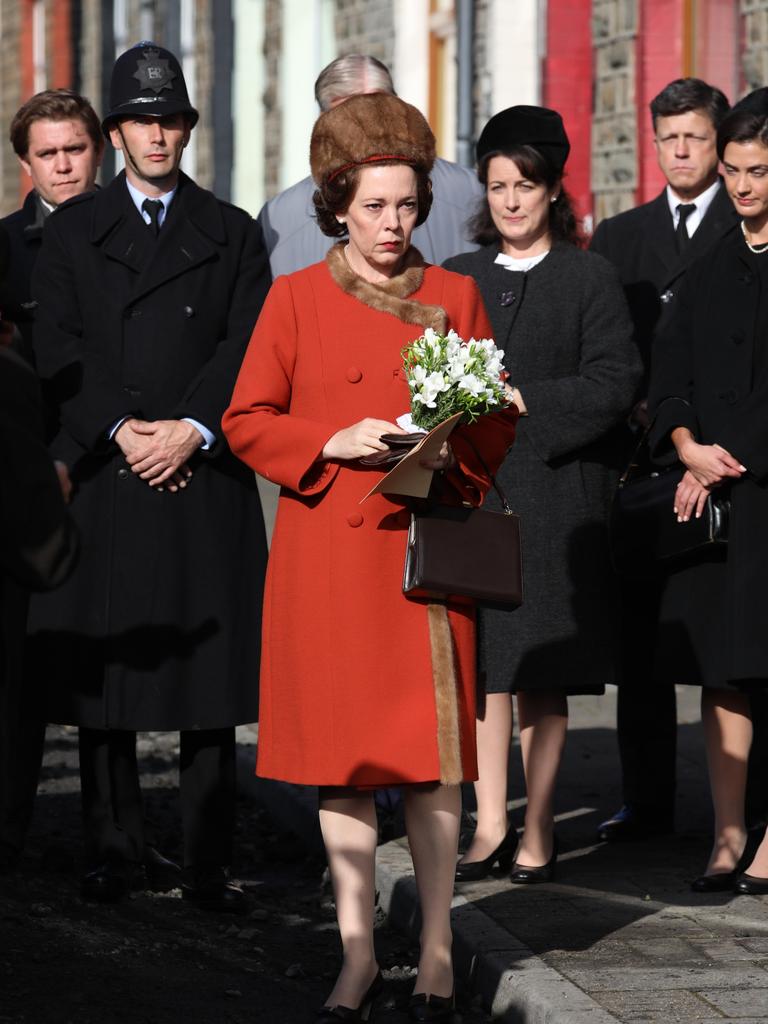
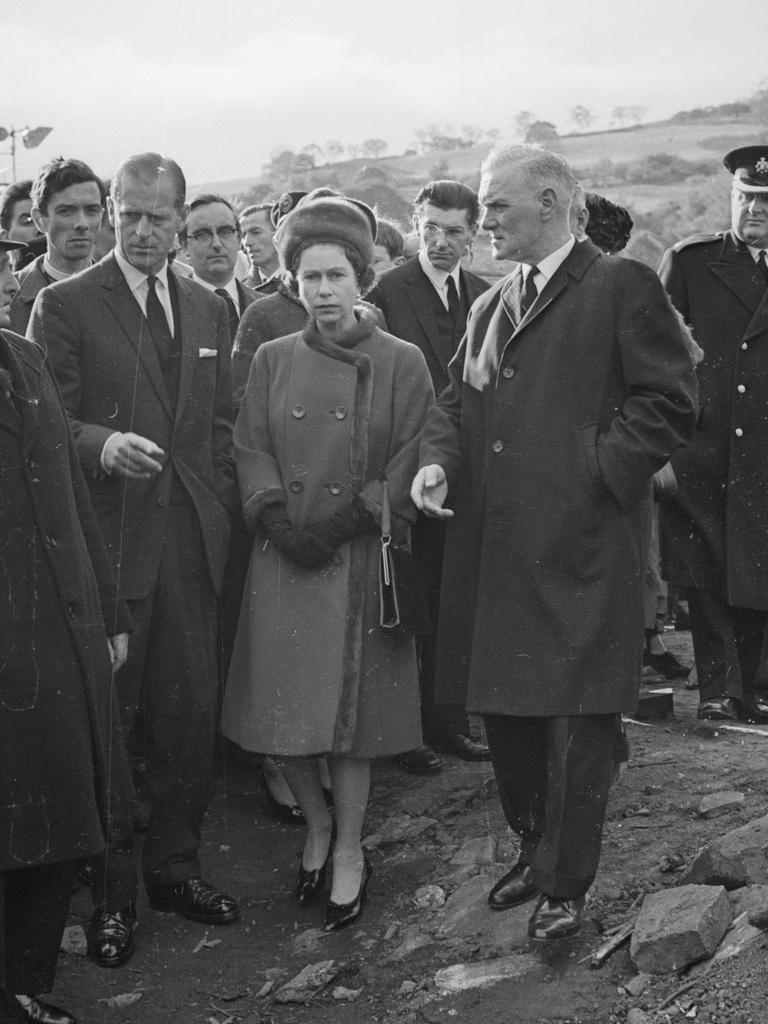
‘ALL OUR FRIENDS ARE GONE’
It was October 21 in 1966, and rain was falling heavily on Aberfan, a small mining village in south Wales.
The wet day wasn’t out of the ordinary — it had already been raining for weeks.
Local students had only just arrived at the junior school for a scheduled half-day ahead of their midterm break when they heard a monstrous sound like a jet plane.
It was all over in seconds.
A colliery waste tip had collapsed from the mine above — and fine coal material, liquefied by the rain into a thick sludge, was racing down the hill like an avalanche to bury everything in its path.
Within moments, it had slammed into the school and reduced it to rubble, killing 116 students.
Half of the village’s children had been wiped out in an instant.
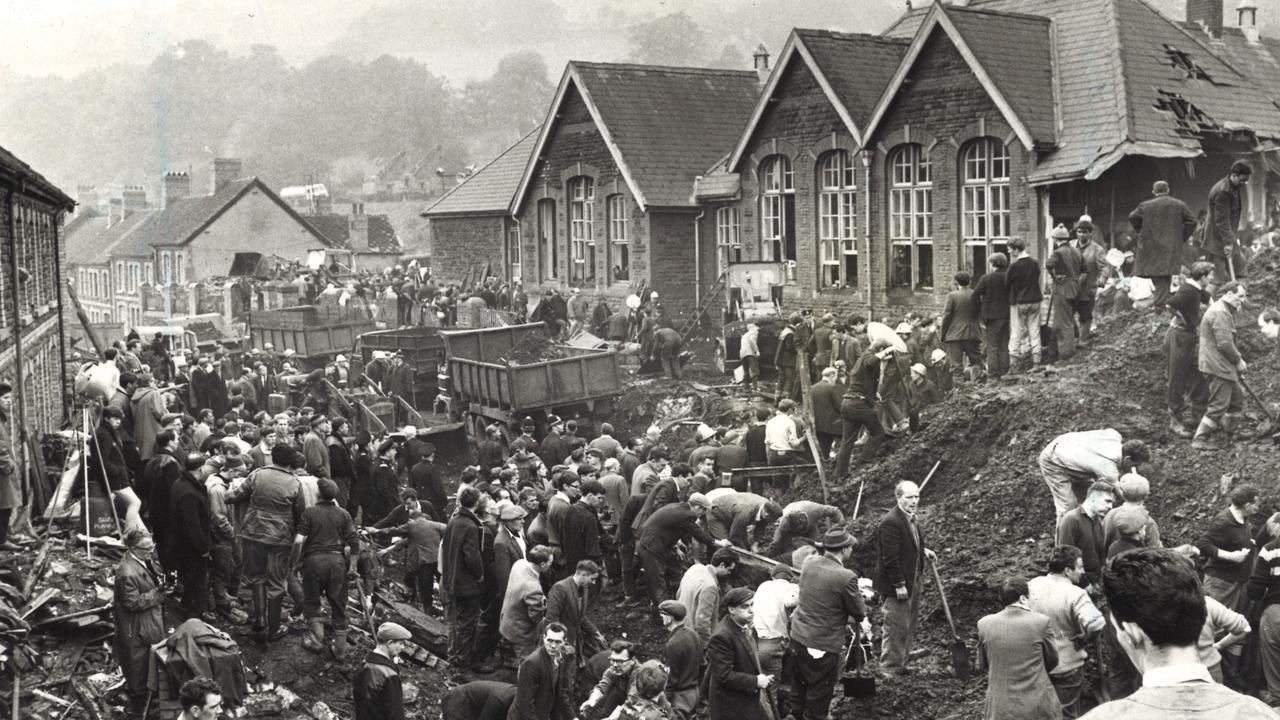
And the chaos didn’t end there. Everything in its path was destroyed, including a further 28 people, bringing the death toll to a devastating 144.
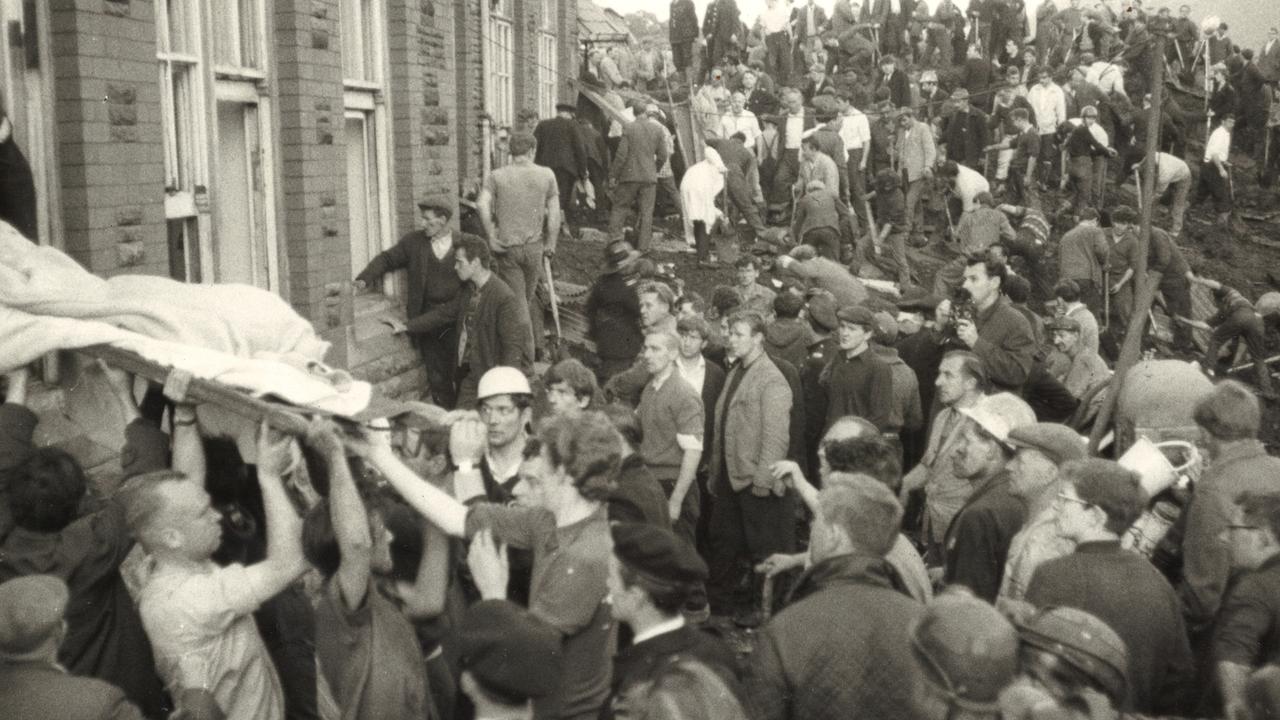
“All our friends were gone,” Jeff Edwards, who survived the disaster pinned beneath his desk, told the BBC in 2016.
“Civil defence teams, miners, policemen, firemen and other volunteers toiled desperately, sometimes tearing at the coal rubble with their bare hands, to extricate the children,” reported The New York Times. “Bulldozers shoved debris aside to get to the children. A hush fell on the rescuers once when faint cries were heard in the rubble.”
Great Britain quickly rallied to help the victims and their families. The Aberfan Disaster Memorial Fund, set up on the day of the disaster, raised the equivalent of $23 million in modern day currency.
As the nation mourned, questions began to be raised as to why the Queen hadn’t shown up.
The day after the tragedy, she sent her husband, Prince Philip in her place — but it only served to highlight her absence.
Aides tried to convince her to visit herself, but she wouldn’t be moved.
“We kept presenting the arguments,” an adviser told biographer Robert Lacey, “but nothing we said could persuade her.”
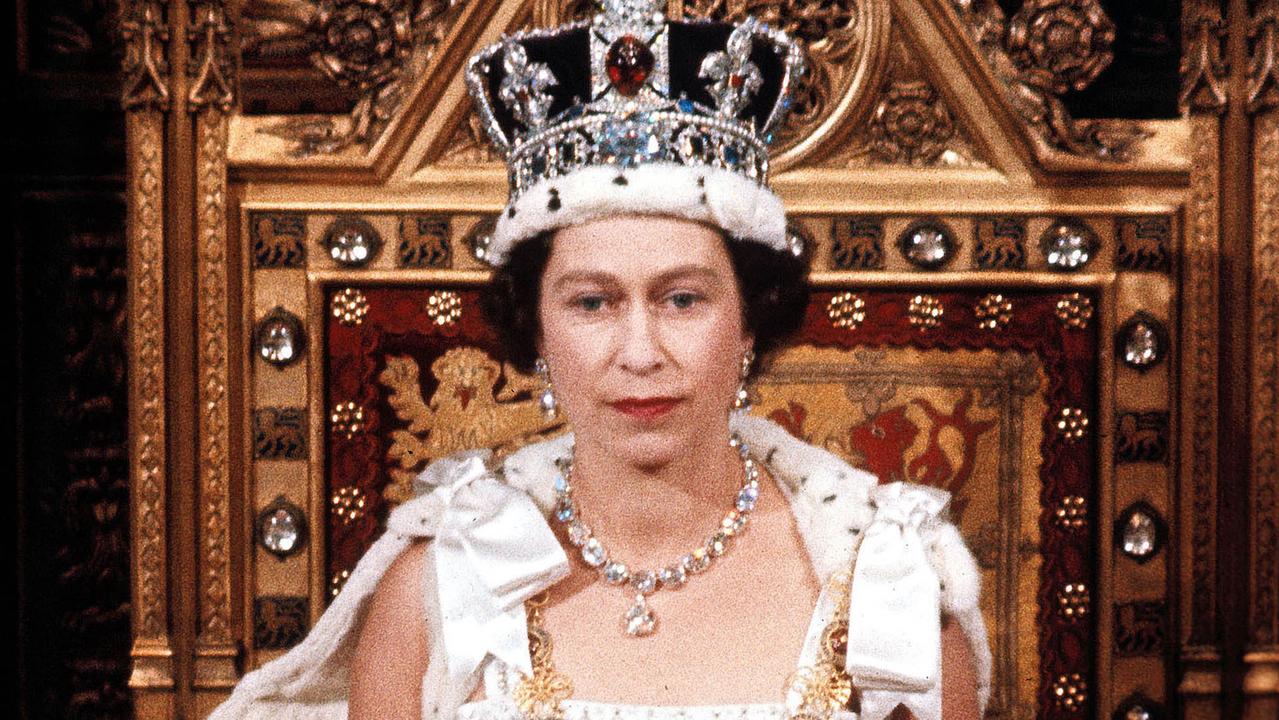
Finally, eight days after the devastating event, Queen Elizabeth II showed up in Aberfan.
The typically stoic monarch was uncharacteristically emotional as she spoke with the local residents, joining with them in their grief.
Her very presence helped the villagers begin the healing process — and nearly four decades later, in 2002, the Queen admitted she wished she’d turned up sooner.
In fact, she described her delayed action in the aftermath of the Aberfan disaster as her “biggest regret”.
So great was her remorse, the Queen returned to Aberfan a number of times in the decades since.
In 2016, on the 50th anniversary of the disaster, Prince Charles delivered a message on her behalf to the village.
“As you come together as a community today to mark 50 years since the dreadful events of Friday 21st October 1966, I want you to know that you are in my own and my family’s thoughts, as well as the thoughts of the nation,” her note read.
“We will all be thinking about the 144 people who died — most of them children between the ages of seven and 10 — and the hundreds more who have lived with the shock and grief of that day, summed up by one poet who said simply, ‘All the elements of tragedy are here’.
“I well remember my own visit with Prince Philip after the disaster, and the posy I was given by a young girl, which bore the heartbreaking inscription, ‘From the remaining children of Aberfan’.
“Since then, we have returned on several occasions and have always been deeply impressed by the remarkable fortitude, dignity and indomitable spirit that characterises the people of this village and the surrounding valleys.”




